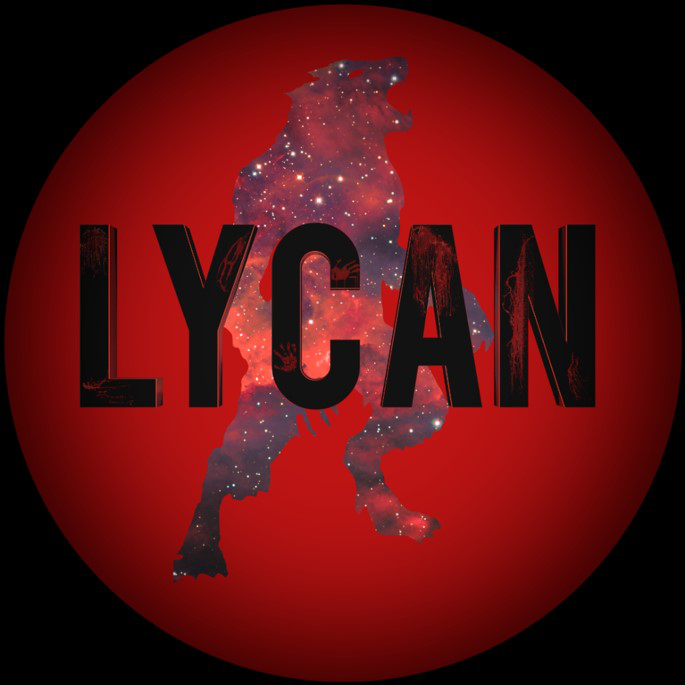About LYCAN
After the Big Bang, the Universe expanded, cooled off and eventually allowed protons and electrons to form neutral hydrogen atoms. However, at some point during the first billion years of cosmic history (at redshift z > 6), the Universe was flooded with highly energetic photons which brought the hydrogen in the intergalactic medium back into a highly ionized state. The origin of these photons remains unclear, which makes cosmic reionization one of the great unsolved puzzles of the early Universe. Star-forming galaxies are usually seen as the top candidates, since they are already known to exist in great numbers at this epoch. However, the scenario of galaxy-dominated reionization hinges on the assumption that ionizing radiation can escape from these objects and into the intergalactic medium. This process, known as Lyman continuum leakage, can currently be studied for galaxies up to redshift z ≈ 3-4, but not for the galaxies that supposedly reionized the Universe at z > 6. This lack of z > 6 data constitutes a major hurdle in the quest to understand cosmic reionization. The aim of the LYCAN (LYman Continuum ANalysis) project is to remedy this situation.
In Zackrisson et al. (2013), we argue that although the opacity of the intergalactic medium precludes a direct measurement of escaping Lyman continuum photons (rest-frame wavelength below 912 Å) from galaxies in the reionization epochs, indirect signatures of Lyman continuum leakage should nonetheless be imprinted at rest-frame optical and non-ionizing ultraviolet wavelengths in the spectra of these objects. The goal of LYCAN is to develop optimal methods to extract this information from the high-redshift galaxy spectra obtained with the upcoming James Webb Space Telescope.
By combining the power of spectral synthesis with cosmological simulations of galaxy formation, we generate highly-realistic mock spectra of high-redshift (z > 6) galaxies relevant for JWST observations (both spectroscopy and photometry) and study how these are affected in various Lyman continuum escape scenarios. Large sets of simulated galaxy spectra and broadband fluxes are also made publicly available (here) for use within the high-redshift galaxy community.
